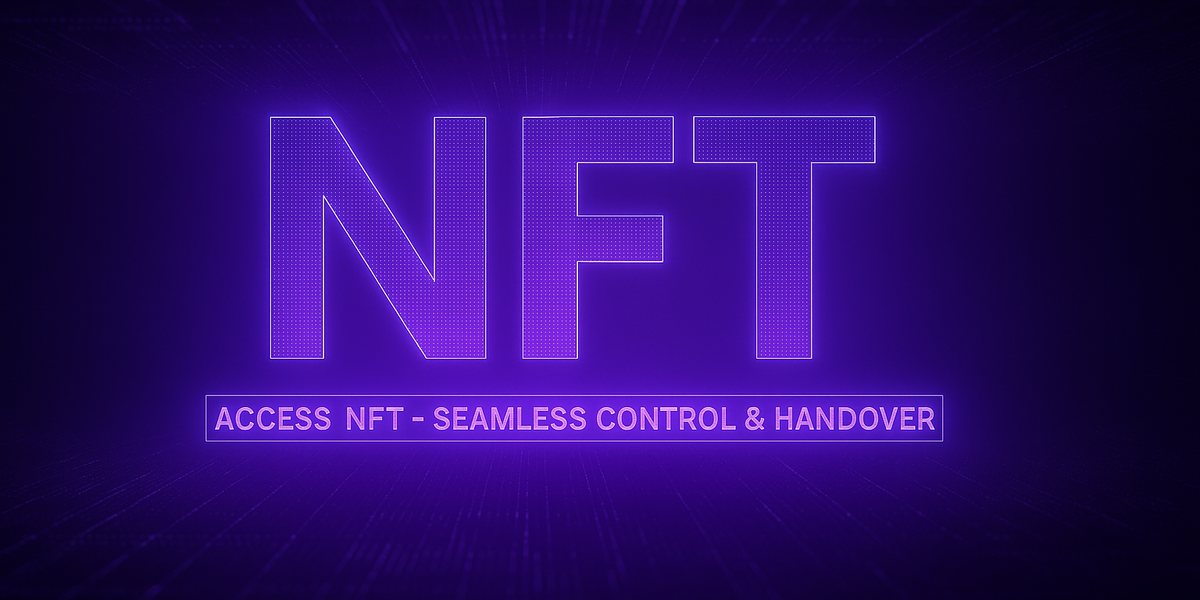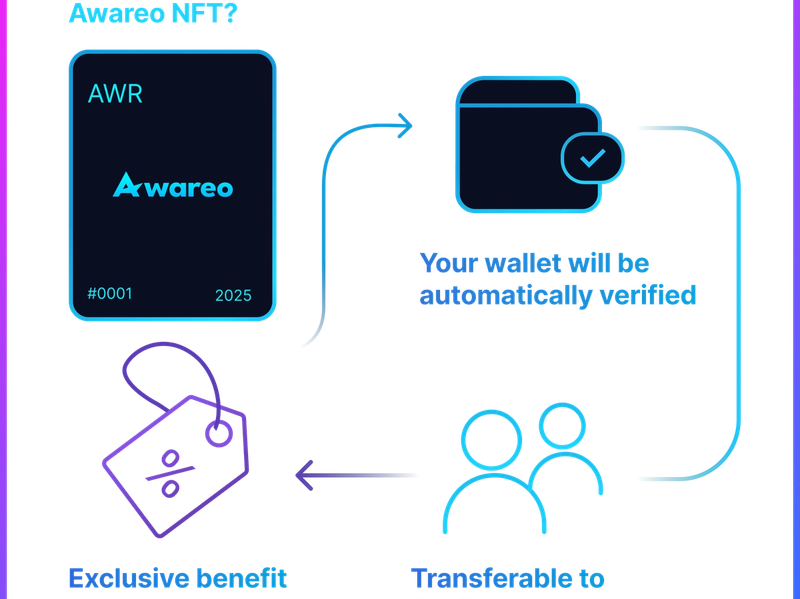Rethinking NFTs: From Trend to Ownership Infrastructure

A slightly burned acronym – and the quiet realization: not everything was nonsense.
The technology behind non-fungible tokens was never the problem. The problem was the lack of purpose.
While colorful JPEGs flooded the market for millions, one central question remained unanswered:
What can an NFT actually do?
Today, beyond the spectacle, the answer is becoming clear:
An NFT is not an image. It’s a digital proof of ownership.
And that makes it an extremely flexible tool.
The underestimated value of digital ownership
In a world where we stream music, rent shows, and often don’t even store our own data – true digital ownership has become rare.
An NFT belongs to you – permanently, transferable, independent of platforms. No subscription. No lock-in. No “Sorry, your access has expired.”
And that’s not just technically interesting – it’s socially relevant.
Because what happens to access, rights or data when you want to pass them on?
When you want to share, gift, or even bequeath them?
NFTs make that possible. Securely, transparently, and automatically.
Transferability: The invisible use case
One of the greatest advantages of NFTs lies in their natural transferability.
No password chaos. No “Can you log into my account for me?”
An NFT can represent:
– Lifetime access to a digital service
– Transferable discounts or vouchers
– Community memberships with inheritance logic
– Unlockable rights for features or content
And all of it works no matter who the owner is today or tomorrow.
What you own stays – or is consciously passed on.
A realistic example
Imagine registering with a platform like Awareo, which focuses on digital legacy planning.
Very simple: just an email. In the background, a Web3 wallet is created automatically.
If your wallet contains an Awareo NFT, the system recognizes it:
– You receive premium features
– Access to exclusive tools
– Management options for your heirs
And the best part:
You can pass this NFT on to friends, family, or eventually your heirs.
The associated access remains intact.
What you own today can be used by someone else tomorrow with no loss, no hassle.

Ownership with built-in logic
An NFT is more than a digital certificate.
It’s a smart contract – a programmable agreement with logic like:
– When does a bonus activate?
– Who gets access when ownership changes?
– How long does a right remain valid?
This gives rise to a new class of digital objects:
Intelligent. Transparent. Automated.
Why NFTs fit into the bigger picture
With the EU Digital Identity (EUDI Wallet), verifiable DIDs, and digital certificates, questions of identity and rights management are gaining traction.
NFTs are no longer exotic they’re a natural building block of this emerging infrastructure.
They can:
– Assign ownership
– Transfer rights
– Control access
All independently, interoperably, and verifiably.
The NFT market is evolving
So what’s left of the hype?
Maturity.
Many collectibles have lost value but NFTs with real utility are gaining ground.
Let’s take a look:
– The hype is over – but innovation is just beginning
– Projects are shifting from speculation to utility
– Quality and community matter
– Regulation fosters trust
– Industry use cases are emerging: from gaming to healthcare
Conclusion: NFTs are here to stay
NFTs aren’t dead.
They’ve simply had their first, noisy spring.
Now comes the second cycle, quiet, pragmatic, and focused on real-world value.
The real question is:
What could they enable tomorrow?
NFTs aren’t history.
They are the infrastructure of the future – if we start using them wisely.